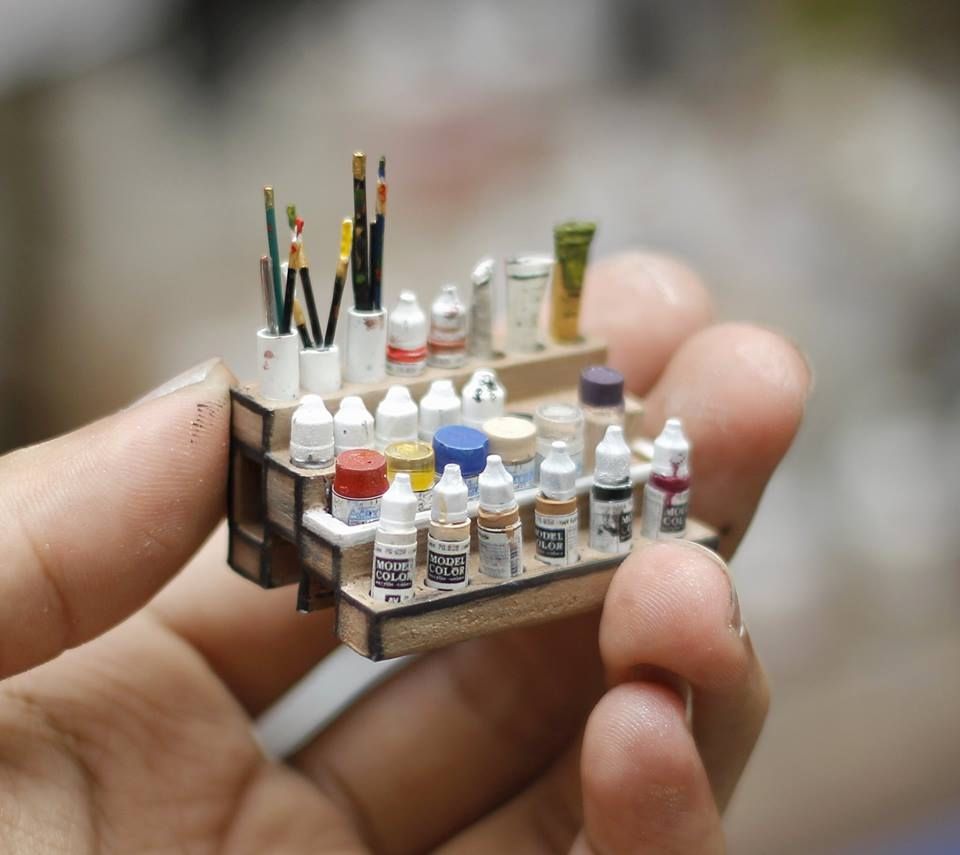Miniature art attracts viewers by condensing vast, intricate worlds into tiny areas, which calls for remarkable talent, accuracy, and steadfast patience from its makers. These talented artists use magnifying lenses and brushes of such small size that each bristle looks similar to a single strand of hair, delicately generating every minute detail with a steady grasp. The final outcome is a piece of art that calls out the observer to lean in and examine the complexities, which become apparent only after close scrutiny. Miniatures, unlike larger-scale artworks, provide a very intimate and engaging viewing experience, exposing their secrets only to people who take the time to look deeply.
This art form showcases versatility, depicting narratives and personal portraiture alike. Each piece memorializes the artist’s passion. Currently, miniature art combines traditions with modern subjects. Thus, it forms a harmonious bridge between past and present. Moreover, every miniature narrates its own story. It highlights the artist’s meticulous attention to detail. Additionally, it shows their ability to infuse small canvases with immense beauty and deep meaning.
A Glimpse into History and Famous Examples
Miniature art has a long track record, dating back to the Middle Ages, when it was used to decorate illuminated manuscripts and capture personal resemblances pre-photography. The “Shahnameh Miniature,” a piece of Persian literature embellished with sparkling miniatures that tell epic stories, is one of the most well-known historical works. In the Western perspective, Nicholas Hilliard’s Elizabethan portraits, such as “Young Man Among Roses,” are outstanding due to their intricacy and emotional depth on a very tiny scale.
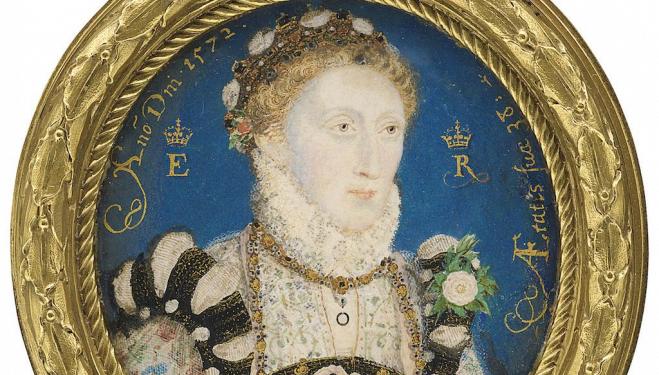
Modern Miniature Marvels
Today, miniature art combines methods with current themes. Artists like Slinkachu’s “Little People Project” insert miniature figures in metropolitan environments, resulting in amusing yet profound reflections on modern life. Hasan Kale, on the other hand, turns everyday items into canvases, creating scenic and historical scenes on materials as small as a grain of rice, testing our assumptions of scale and context.

Collecting Miniature Masterpieces
The act of collecting miniature art sometimes begins with just one item that captures one’s own imagination. Collections could be based on historical periods, individual artists, or thematic elements, expressing the collector’s own preferences and interests. Miniature art collections are notably intriguing because of their capacity to be consolidated into tight spaces. It permits an extensive selection of works to be cleverly displayed through miniature cabinets or using magnification tools.

The Art of Display and Preservation
Displaying and preserving minuscule art demands thoughtful consideration. Dedicated display cases shield these sensitive pieces from damaging the environment while showcasing their splendor. Correct illumination and magnification are required to appreciate the delicate details. Conservation is a major challenge, especially when dealing with antiquarian pieces constructed of materials that degrade quickly.
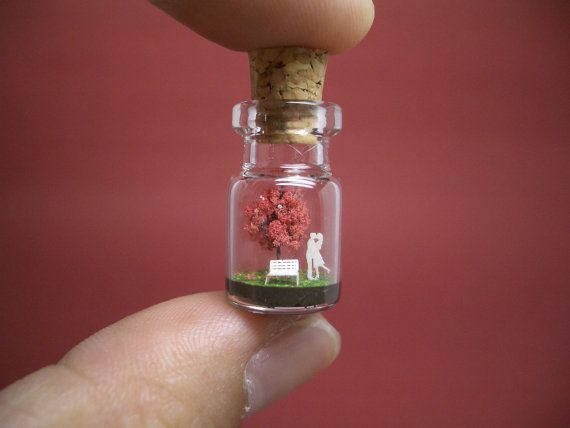
Behind the Scenes: The Creation Process
The creation of miniature is a labor of love. Artists must master the use of magnifying tools and fine-tuned techniques to achieve the desired precision. The choice of materials significantly influences both the artwork’s appearance and its longevity. This painstaking process underscores the artist’s commitment to their craft, making each miniature piece a testament to their skill and dedication.
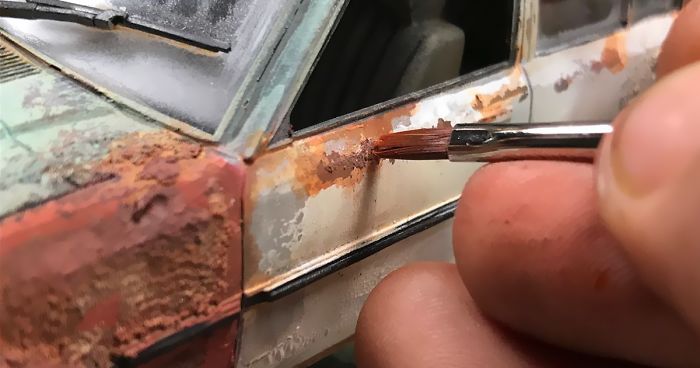
The Community: Collectors, Artists, and Enthusiasts
A large base of collectors, artists, and connoisseurs that share a passion for minuscule art encompasses the genre. Exhibitions, auctions, and online venues give opportunities to share knowledge and excitement, benefiting both established and young artists. This community is vital for preserving and perpetuating miniature art traditions.
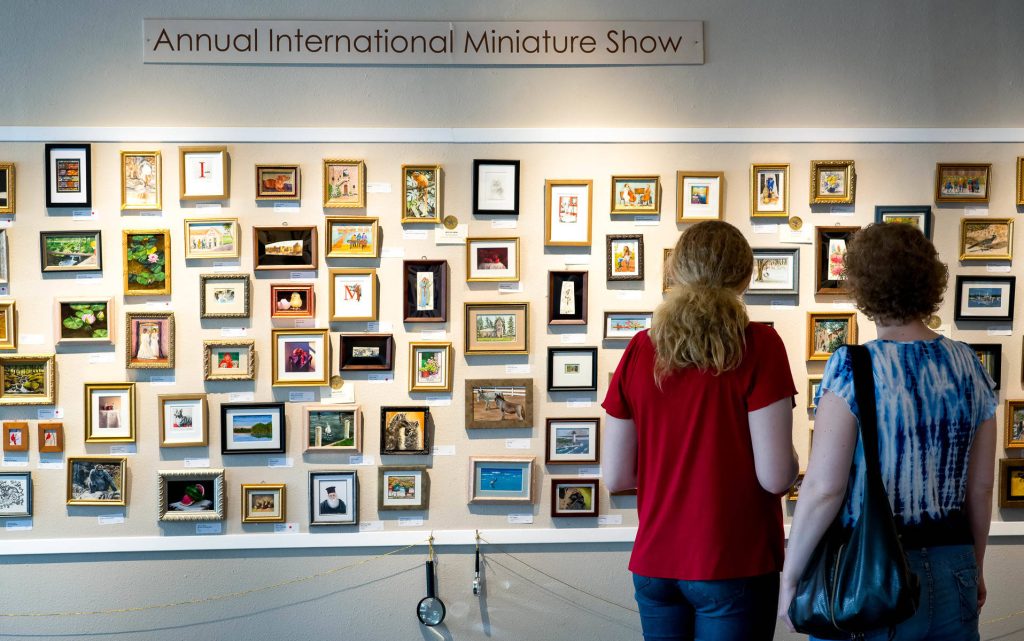
The fascination with miniature art derives from its intimate scale. It draws is closer, exposing worlds inside worlds. Each artwork, whether ancient or modern, blends outstanding technique and intense passion. Famous works, such as Hilliard’s or the exquisite Persian miniatures, highlight this unique combination. Today, artists such as Slinkachu and Hasan Kale contribute fresh perspectives. They elevate everyday things and events into spectacular works of art. Collectors adore these modest gems, building collections with varied histories and storylines. This art form relies on detail and requires our full attention. Not only does tiny art showcases skilled workmanship, but it also serves as a portal vast, uncharted realms. Its enchantment comes from its ability to store vast tales in a small space, prompting us to uncover, ponder, and appreciate them.

